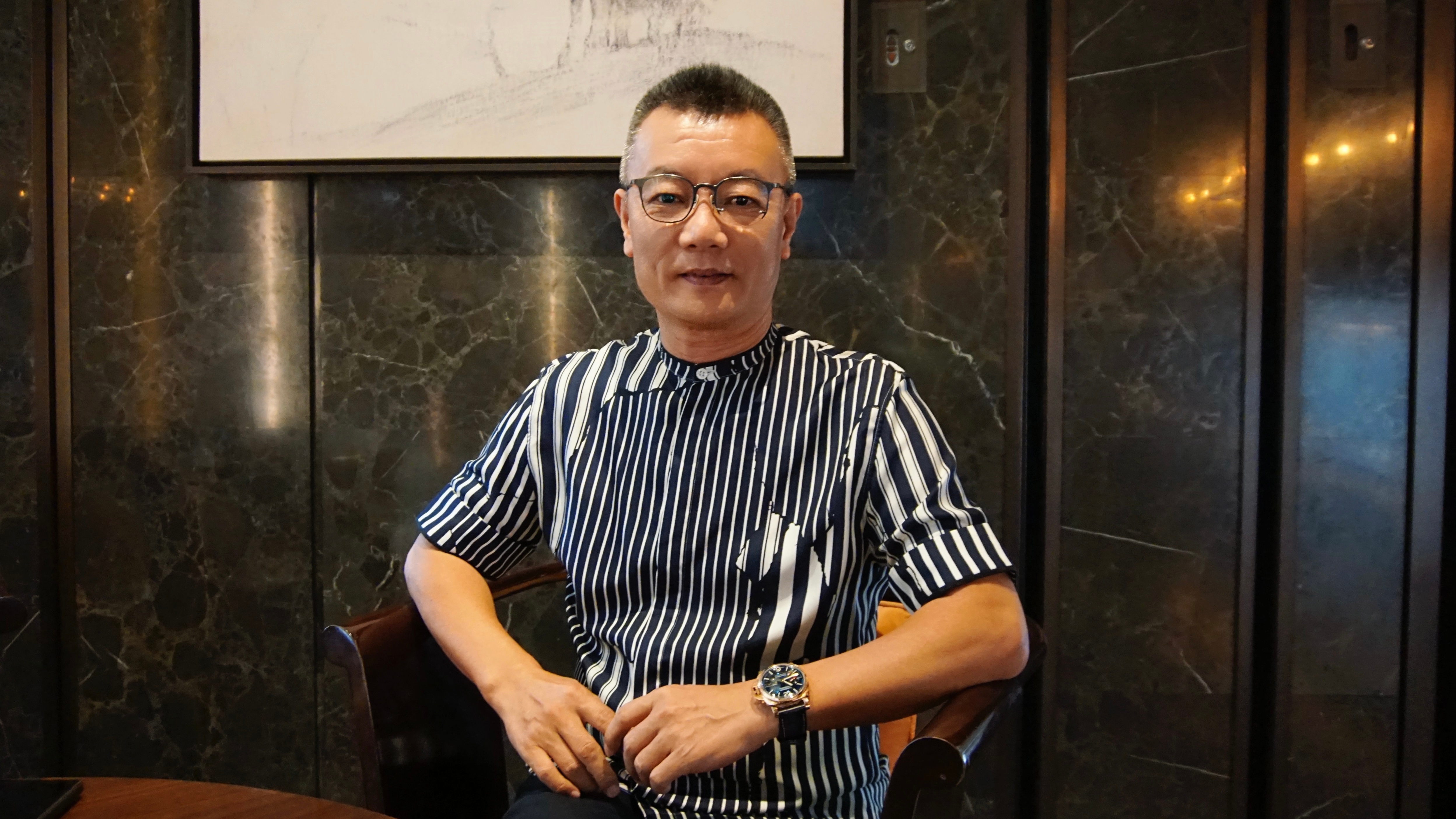China's clockmaking heritage is undergoing a revival, Fang Rongyi, a veteran collector from China's Macao Special Administrative Region, recently told China.org.cn.
To meet demand for this growing interest, Fang relocated and expanded his Macau Timepiece Museum from Macao to the neighboring mainland city of Zhuhai and is preparing to establish a "National Timepiece Pavilion" at the museum dedicated to historic Chinese-made clocks and watches.

Fang Rongyi, founding director of the Macau Timepiece Museum. [Photo by Liu Ziying/China.org.cn]
The collector has spent three decades tracking down and restoring timepieces spanning five centuries, from 16th-century antique clocks to modern wristwatches.
The National Timepiece Pavilion will chronicle the evolution of Chinese horology, from Qing-dynasty palace clocks to factory prototypes and vintage manufacturing contracts. According to Fang, the pavilion will serve as the country's first standardized timepiece archive.
"I didn't start out with grand plans," Fang smiled when asked about the origin of the Macau Timepiece Museum. "At first, I was just a watch enthusiast, collecting for fun."
He soon realized that many buyers knew little about the mechanics or history of their purchases. "That's when I realized a museum could fill this cultural gap."
"Clocks are the DNA of mechanical civilization," Fang said. "To fit hundreds of components into a small casing and synchronize them flawlessly — that's technological poetry."
For Fang, basing his museum in Macao made historical sense. "Macao is not just a city — it is the first chapter of China's mechanical-clock story," he said. Jesuit missionaries such as Matteo Ricci carried self-ringing clocks through the port to the Ming court in the early 17th century, eventually captivating the Wanli Emperor.
At that time, the West and the East prized clocks for different reasons, he added. "In the West, clocks evolved for navigation, military use and scientific precision. In China, they were imperial luxuries." European marine chronometers enabled global exploration, while Chinese palace clocks combined function with enamel painting and animated figures.
A custom dragon-pattern perpetual calendar Panerai watch owned by Fang Rongyi. [Photo by Liu Ziying/China.org.cn]
In an era defined by digital acceleration and instant gratification, Fang views his work as cultural preservation. Through the museum and the planned National Timepiece Pavilion, he aims to protect what he calls "a lineage of ideas, aesthetics and national memory."
"Mechanical horology is not merely a craft of springs and gears — it is a living document of how civilizations structure time, power and beauty," he said.
The National Timepiece Pavilion will showcase Chinese-made timepieces not just as affordable alternatives but as examples of domestic ingenuity and the untold stories of generations of artisans, Fang said. He added that he wants visitors to see each component as part of China's journey "from dependency to self-reliance, from imitation to innovation."
"Young people today chase watches for likes, not for legacy," Fang said. "They follow hype, not history." He advised collectors to "study the past, appreciate the craft, and collect with their heart instead of following people's preferences."
He added: "Look beyond surface value. Rediscover the stories behind every tick and tock. Let your fascination with timepieces be not a mirror of trends, but a window into history."
For Fang, the museum represents more than just timepieces; it documents China's cultural memory and craftsmanship through the ages.
The Macau Timepiece Museum, a private institution founded in Macao in 2018, relocated and expanded to Zhuhai in China's Guangdong province in 2024. The museum houses historic timepieces from around the world.


 Share:
Share: 





 京公網安備 11010802027341號
京公網安備 11010802027341號